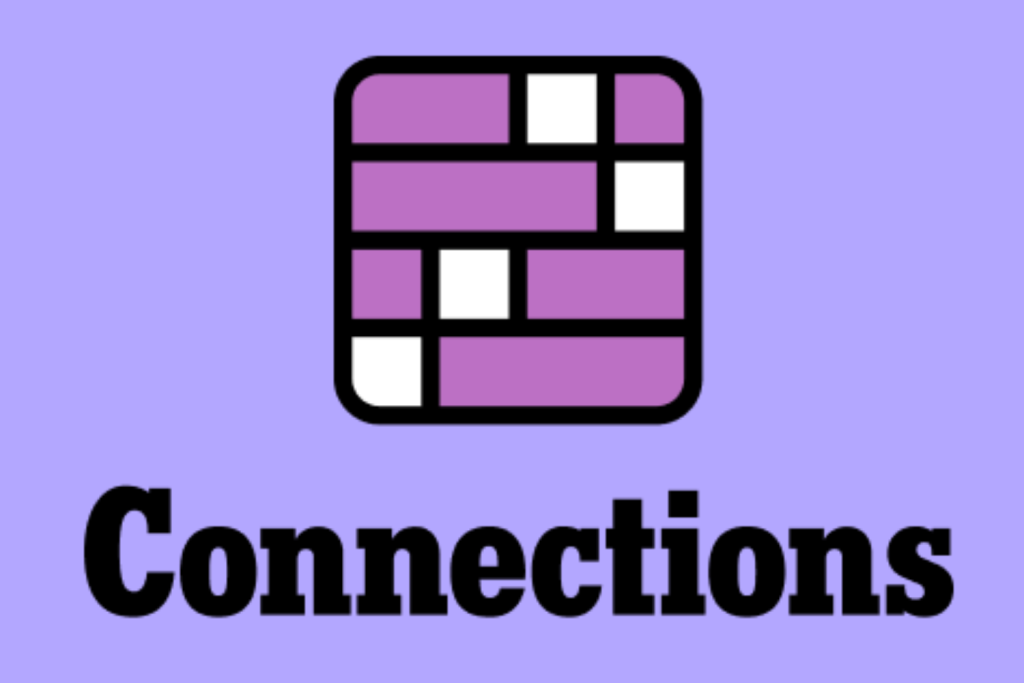Connections, the engaging word puzzle from The New York Times, challenges players to discern the common thread linking four seemingly disparate words. This deceptively simple premise belies a surprising depth of complexity, as the categories can range from the readily apparent to the highly obscure. Wyna Liu, the game’s editor, emphasizes a strategic approach, advising players to resist impulsive guessing and instead carefully consider the potential connections. This measured approach allows players to fully explore the nuances of the words and increases the likelihood of uncovering the correct category. The game’s color-coded difficulty system, ranging from yellow (easiest) to purple (hardest), further enhances the strategic element, encouraging players to tackle the categories in a logical order.
The gameplay mechanics of Connections are straightforward yet compelling. Players select four words from a grid of sixteen and click “submit.” If the chosen words share a common category, they disappear from the grid, highlighted in the corresponding category color. Incorrect guesses remain on the board, serving as a reminder of previous attempts. A crucial aspect of the game is the limited number of incorrect guesses allowed, adding a layer of pressure and encouraging careful deliberation. The shuffle button offers a valuable tool for players experiencing a mental block, rearranging the words and potentially sparking new insights. The absence of a time limit allows for a relaxed and contemplative approach, fostering a more enjoyable and less stressful gaming experience.
The daily challenge of Connections presents a diverse array of categories, requiring players to draw upon a broad knowledge base and engage in lateral thinking. A recent example showcased the breadth of potential categories, linking “Breaking,” “Surfing,” “Taekwondo,” and “Trampoline” under the umbrella of “Olympic events since 2000.” This seemingly straightforward category, classified as blue (medium difficulty), highlights the importance of staying abreast of current events and popular culture. Other categories might delve into historical facts, scientific principles, literary references, or even common idioms, demanding a versatile and adaptable approach to problem-solving.
To illustrate the diverse nature of Connections categories and provide a concrete example of the puzzle’s intricacies, consider the hints and answers for Connections #585. The yellow category, typically the easiest, focused on the “act of engaging in the exchange of goods,” ultimately revealing the solution as “BUYING AND SELLING.” The associated words, “Business,” “Commerce,” “Market,” and “Trade,” readily connect to this core concept. The green category, representing a slightly increased difficulty, centered on “Items added to a wall,” with the words “Sconce,” “Switch,” “Outlet,” and “Baseboard” forming the solution. This category requires familiarity with household items and their typical placement.
The blue category, representing a more challenging level, tasked players with identifying “Different way to call people who work at the CIA, KGB or MI6.” The solution, “SPY,” linked the words “Mole,” “Agent,” “Asset,” and “Plant,” all terms commonly associated with espionage. This category demands a degree of familiarity with intelligence agencies and their associated terminology. Lastly, the purple category, the most difficult, posed a more cryptic challenge: “Words that precede a noun that describes a large rodent.” The solution, “___ RAT,” connected the words “Mall,” “Gym,” “Pack,” and “Rug,” forming compound nouns like “Mall Rat,” “Gym Rat,” “Pack Rat,” and “Rug Rat.” This category necessitates both vocabulary knowledge and an understanding of how these words combine to form specific meanings.
Connections, with its blend of wordplay, logic, and general knowledge, offers a daily dose of mental stimulation. Its open-ended nature and varying difficulty levels ensure a challenging yet rewarding experience for players of all backgrounds. The absence of a timer encourages a more relaxed and contemplative approach, allowing players to savor the process of unraveling the connections between seemingly unrelated words. The game’s appeal lies in its ability to test both vocabulary and knowledge across a wide range of topics, fostering a sense of accomplishment with each successfully solved puzzle. The daily release of new puzzles ensures a continuous stream of fresh challenges, keeping players engaged and eager to test their wits.

